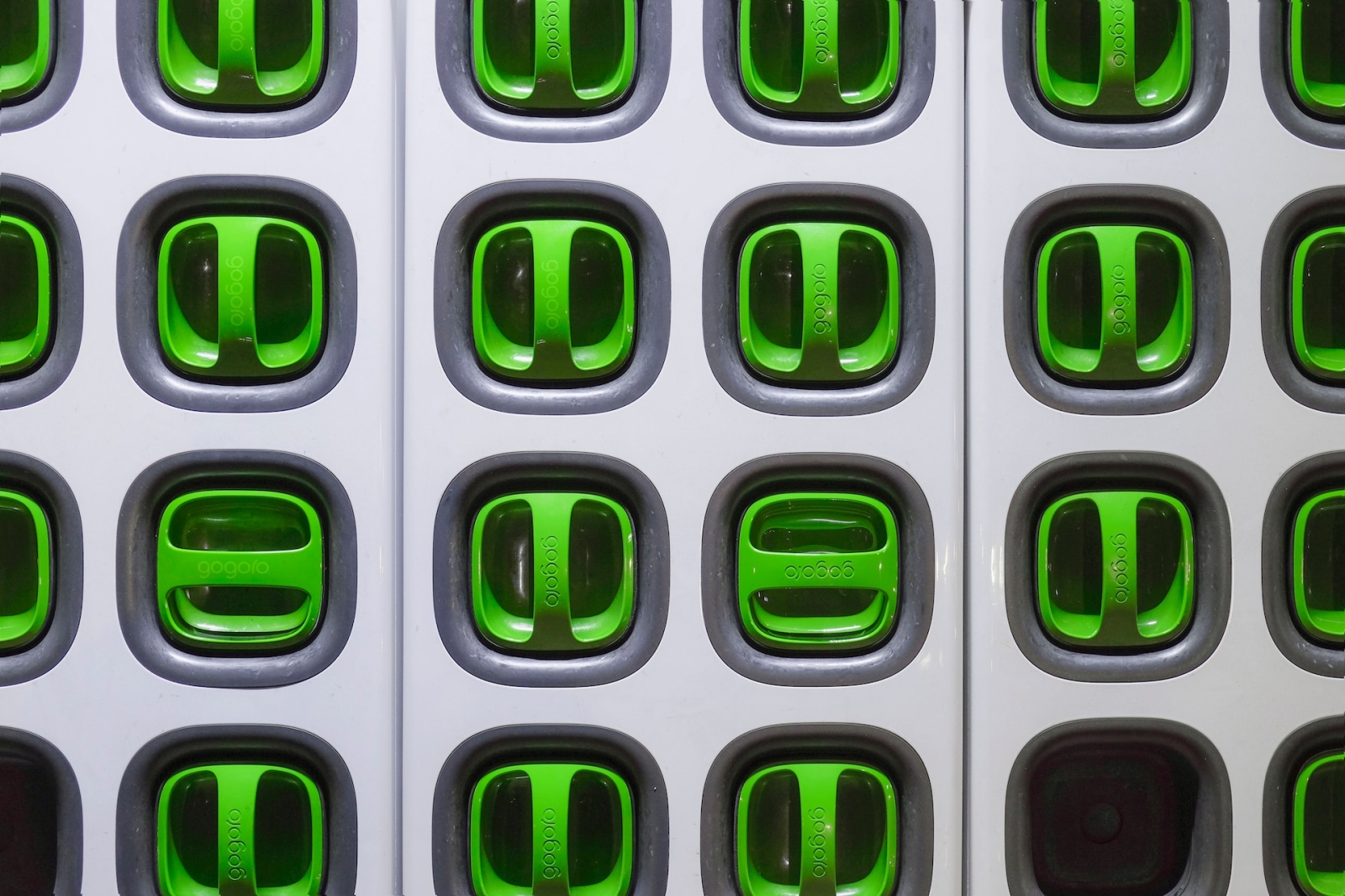Europe will be getting more sustainable and circular batteries. It has taken two and a half years, but the process for the new EU regulation on the design, manufacture, and management of both batteries and cells has finally come to a conclusion. Among the new features, which will come into effect after formal approval, will be a digital passport for vehicle batteries and mandatory carbon footprint reporting.
A regulation of strategic importance to Europe
On Wednesday, June 14, the European Parliament has given final approval to the revision of the battery rules first proposed by the Commission in December 2020. The result, voted by a large majority (587 votes in favor, 9 against, and 20 abstentions), ratifies the agreement reached with the European Council on a legislative text that considers recent technological developments in the sector and especially future challenges.
The energy and ecological transition – which underpins the Green Deal and, of course, climate action – cannot, in fact, be truly effective and sustainable without a circular approach to battery production. A circularity that cannot be limited to end-of-life management of the product, but must increasingly look at the entire life cycle, starting with the design phase. The more efficient use and saving of resources targeted by the new regulation is also of strategic importance on a geopolitical level, given the scenarios of shortages of critical raw materials that lie ahead in the coming years.
A boost in battery collection and recycling
European batteries and cells will therefore be more durable, easier to replace and recycle, traceable, and made with higher percentages of recovered materials. Goals that translate into a set of specific, mandatory parameters and targets.
First, to boost waste collection and recycling, which are still rather lackluster in the sector, the new regulation sets more ambitious and stringent targets. Specifically, the collection of portable batteries must reach 45 percent by 2023, 63 percent by 2027, and 73 percent by 2030; while for LMT (light-duty vehicle) batteries, collection must reach 51 percent by 2028 and 61 percent by 2031.
The minimum levels of recovered materials, a key target in the context of the European strategy on critical raw materials, will also have to increase rather rapidly: recovery of lithium will have to reach 50 percent by 2027 and 80 percent by 2031; while for cobalt, copper, lead, and nickel, 90 percent by 2027 and 95 percent by 2031.
More effective collection would serve no purpose without effective utilization of the recycled material. And thus the regulation also sets minimum levels of recycled content to be used in newly manufactured batteries. The minimum percentages to be achieved are: eight years after the regulation takes effect, 16% for cobalt, 85% for lead, 6% for lithium, and 6% for nickel; 13 years later, 26% for cobalt, 85% for lead, 12% for lithium, and 15% for nickel.
Supply chain transparency and traceability
The new battery regulation, in line with the sustainable product policy adopted by the EU, also devotes ample room to measures for supply chain transparency, traceability of materials, and consumer-facing information.
Thus, carbon footprint declaration and labeling will become mandatory for both electric vehicle (EV) and light-duty vehicle (LMT) batteries, as well as rechargeable industrial batteries with a capacity greater than 2kWh. These three categories will also have to have a digital passport to facilitate their recovery, reuse, and recycling.
Portable batteries in household appliances – in an effort to improve the repairability of products – will then have to be designed so that consumers can remove and replace them more easily.
Finally, to avoid greenwashing and extend the principles of sustainability to the entire supply chain, all economic operators in the sector (with the exception of SMEs) will be required to have a due diligence policy towards their respective supply chains.
Legislation for the entire product life cycle
The draft text of the regulation will now have to receive formal approval from the European Council, and then be published in the Official Journal and finally enter into force.
“For the first time we have circular economy legislation that covers the entire life cycle of a product,” said rapporteur Achille Variati (S&D, IT). “Our goal is to build a stronger European recycling industry, particularly for lithium, and a competitive industrial sector. Aspects that will be crucial in the coming decades for the energy transition and strategic autonomy of our continent. These measures could become a benchmark for the entire global battery market.”
Image: Henry Co (Unsplash)



